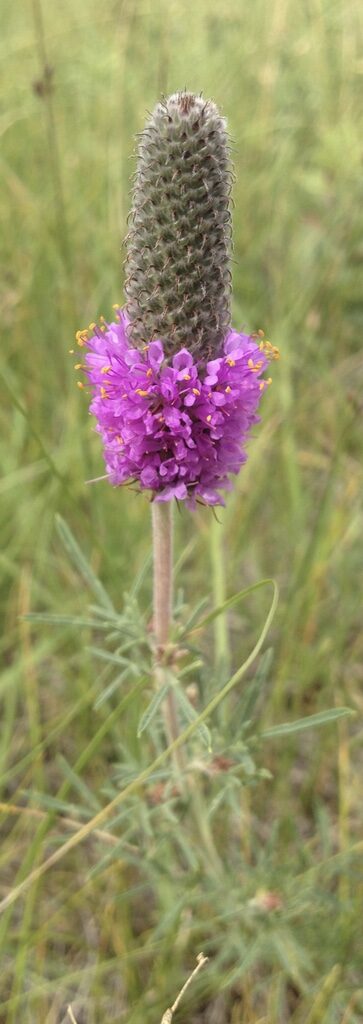
CONSULTING SERVICES
PASTURE MONITORING
Assessing the Health of a Pasture
Assessing a pasture or rangeland involves evaluating five primary indicators:
- Integrity and Ecological Status
- Community Structure
- Hydrologic Function and Nutrient Cycling
- Site Stability
- Noxious Weeds
Integrity and Ecological Status refer to the ability of a range plant community to have a high level of diversity and support a variety of wildlife. It also refers to soil stability, having an effective water cycle with sufficient litter present, almost free of noxious and invasive weeds, and promotes nutrient cycling.
In tame or “modified” pastures, the integrity of a forage stand is in the presence of forage species as opposed to weedy species. A healthy pasture has a high population of desirable forage species. They should also be dense in the stand with little bare ground, and with high vigour (leafy plants, dark green in colour). Having plenty of legumes present also indicates that the stand is very healthy (or high scoring).
Community Structure is the existence of plant canopies that exist in a plant community. Generally, healthy plant communities have several canopy structures. Rangeland grasslands typically have tall grasses and/or shrubs, followed by smaller grasses and forbs, and another layer of shorter plants at the bottom. Forests are better examples of community structure, going from trees, down to tall shrubs, then short shrubs, then forbs and some grasses.
Hydrological Function and Nutrient Cycling refers to a site’s ability to contribute to an effective water cycle with plant residue and living plant cover, as well as provide food for soil organisms. Plant residue slows rainfall and allows moisture to percolate down into the soil profile. The decomposition of this residue–along with dung from grazing animals–feeds into the nutrient cycle of nitrogen, carbon, phosphorus, and other nutrients.
Site Stability tells us about the presence of erosion and/or bare soil on the site. Some sites are naturally unstable–like in badlands or deserts–and others are unstable due to man-made disturbances from overgrazing to tillage. Sites with good soil stability have plant residue and living roots that hold soil in place.
Noxious Weeds ask for the presence of known noxious and invasive plant species that compromise the integrity of a pasture stand or rangeland site. Depending on the context of the management of the site, noxious weeds may be naturalized non-native species normally used for tame forage stands, or native woody species that are taking over.
The assessment determines the health of a plant stand, and whether management practices need to be changed or modified. Following such assessments involves some consultation and discussion around possible solutions for the landscape, including grazing management, weed control, or a plan for establishing forages.
How I Can Help You
The first contact is always free. These demo calls—or visits—give me the opportunity to see where things are at and if you’re a good fit for what I am able to help you with. Only after this will a fee be charged. (For the time being, clients outside of Canada will receive my services for free.)
You can get a hold of me in the following ways:
Phone:
+1(780)289-9143
EMAIL:
Be sure to include your email, phone number, name, location, and details of what you wish me to assist you with.

